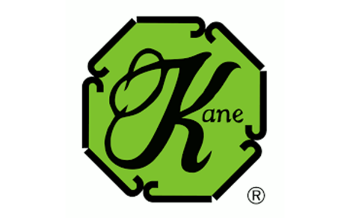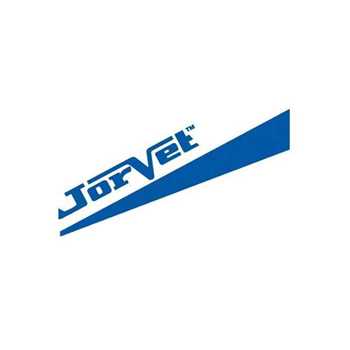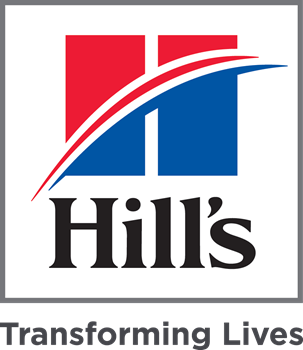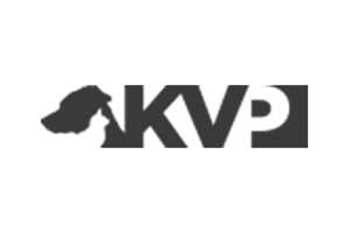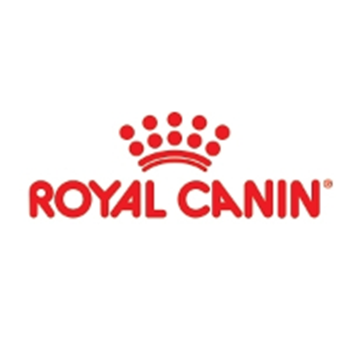The Homefront Providers: The Homefront Service of Canadian Animals
While many animals served on the front lines, others played a crucial, if quieter, role on the homefront. During wartime, families across Canada faced rationing and shortages. In this time of need, the humble chicken provided a stable source of fresh eggs and meat, offering much-needed sustenance and a sense of routine in uncertain times.
The Victory Flock
As food production shifted to support soldiers overseas, Canadians were encouraged to grow their own food through "Victory Gardens." These efforts often included keeping a small flock of chickens. These Victory Flocks became a symbol of self-sufficiency and patriotism. The chickens provided a consistent source of protein and essential nutrients, which were often scarce. Their contributions helped keep morale high and ensured a degree of food security for families supporting loved ones overseas.
A Symbol of Resilience
The consistent production of eggs and the ability to provide meat made chickens an invaluable resource. They were low-maintenance and could be kept in small urban and suburban backyards, making them accessible to a wide range of families. Their steady contributions helped to bridge the gap in the food supply, proving that even a small, seemingly simple animal could have a massive impact on the well-being of a nation at war.
Takeaway: The homefront efforts of these animals were just as important as the service of those on the battlefield. The quiet, steady contributions of chickens offered comfort, sustenance, and stability to families, reminding us that every act of service, no matter how small, has a lasting impact.



